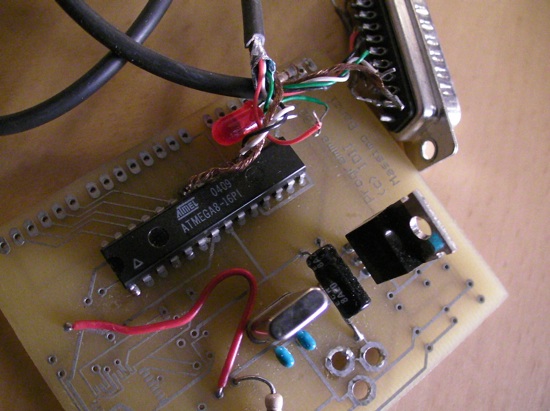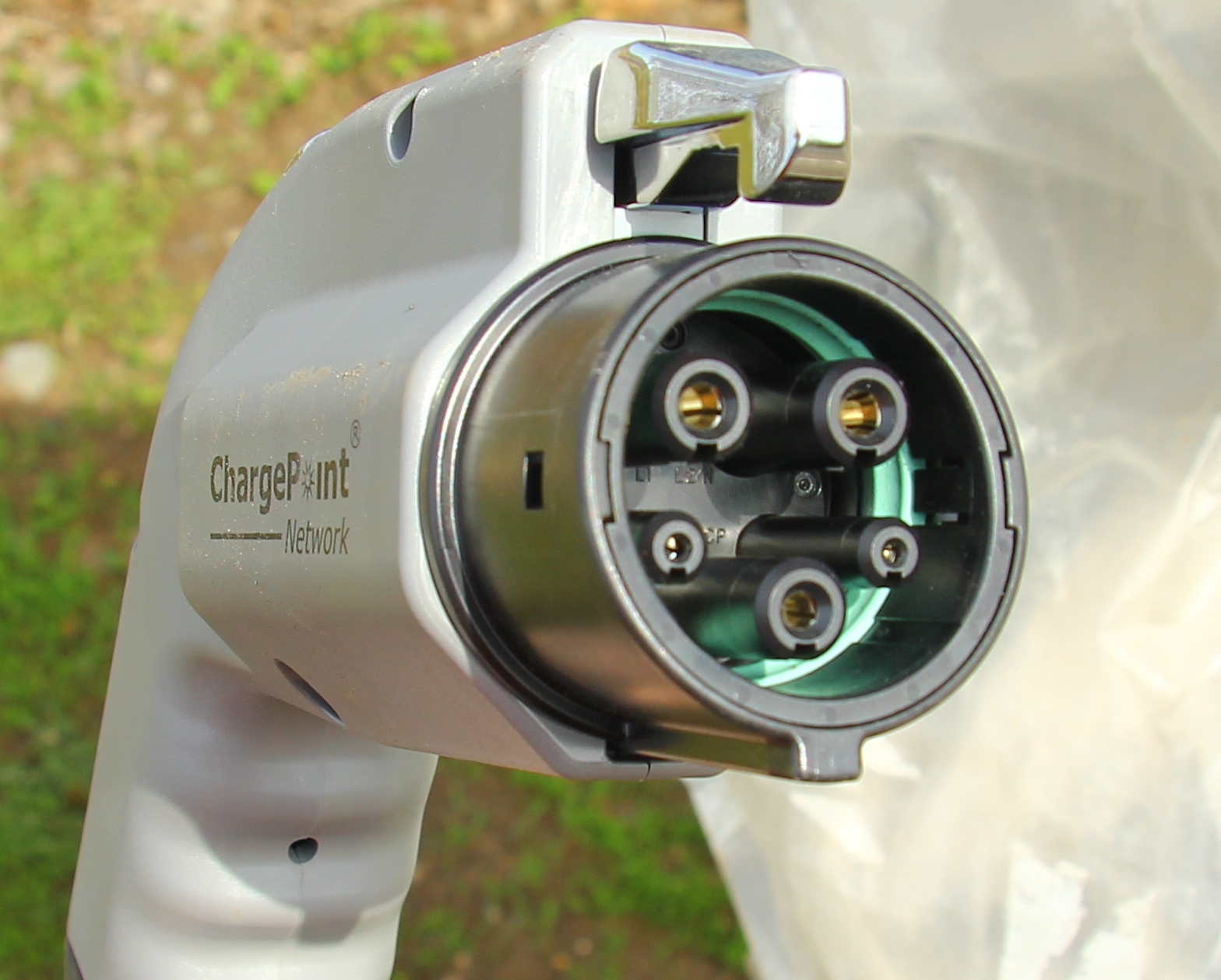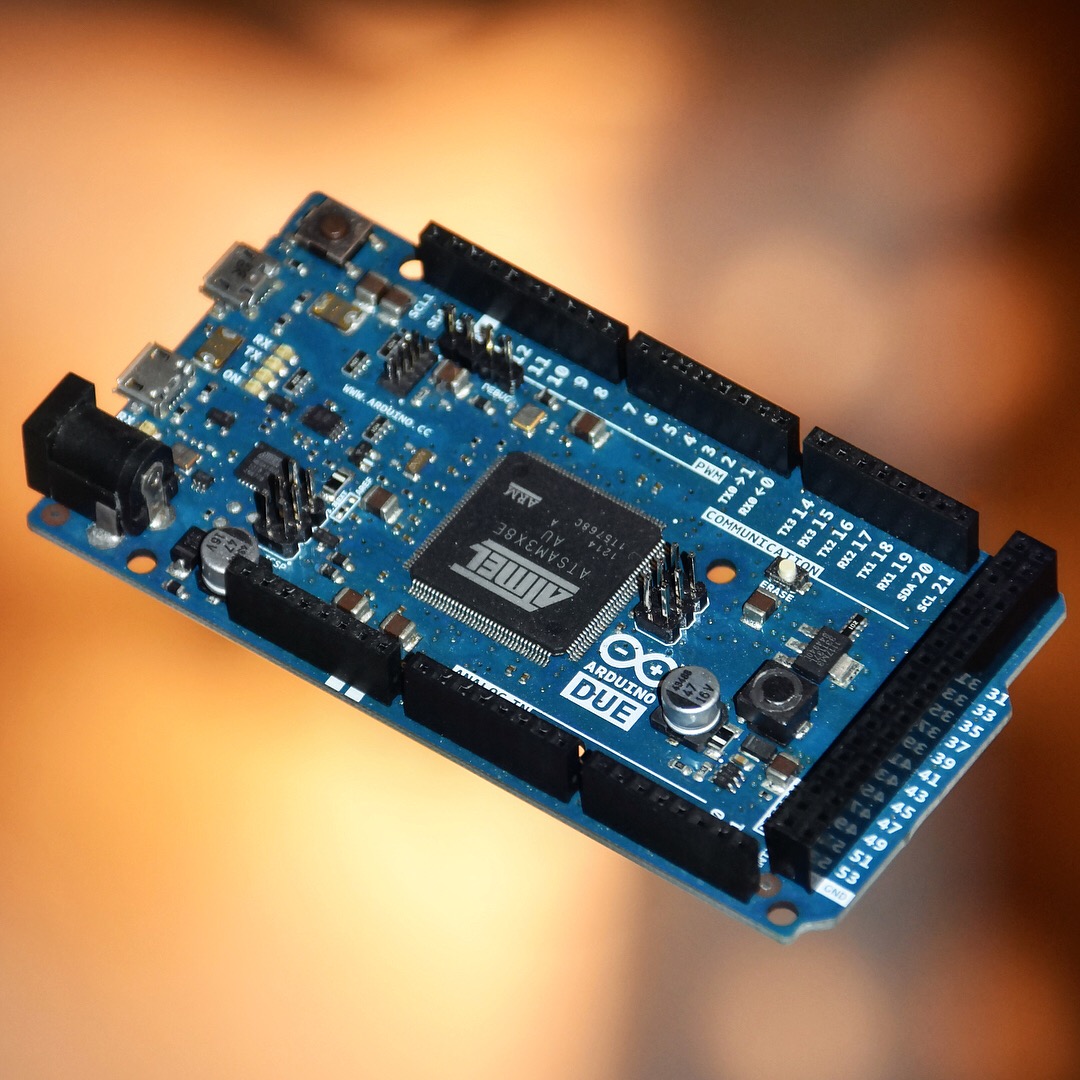|
OpenEVSE
OpenEVSE ''(Electric Vehicle Supply Equipment)'' is an Arduino-based charging station created by Christopher Howell and Sam C. Lin. The charger is composed of open-source software and hardware that can be made by individuals. The project started in February 2011, with an experiment aimed at generating the SAE J1772 pilot signal In telecommunications, a pilot signal is a signal, usually a single frequency, transmitted over a communications system for supervisory, control, equalization, continuity, synchronization, or reference purposes. Uses in different communicat ... on an Arduino-compatible ATmega328 8-Bit AVR MCU. Subsequent experiments continued until a prototype J1772-compatible controller was created. As of now, OpenEVSE powers charging stations all over the world. References External links * Embedded operating systems Arduino Open-source hardware Electric vehicle infrastructure developers Charging stations Privately held companies based in Californi ... [...More Info...] [...Related Items...] OR: [Wikipedia] [Google] [Baidu] |
Arduino
Arduino () is an Italian open-source hardware and open-source software, software company, project, and user community that designs and manufactures single-board microcontrollers and microcontroller kits for building digital devices. Its hardware products are licensed under a Creative Commons license, CC BY-SA license, while the software is licensed under the GNU Lesser General Public License (LGPL) or the GNU General Public License (GPL), permitting the manufacture of Arduino boards and software distribution by anyone. Arduino boards are available commercially from the official website or through authorized distributors. Arduino board designs use a variety of microprocessors and controllers. The boards are equipped with sets of digital and analog input/output (I/O) pins that may be interfaced to various expansion boards ('shields') or breadboards (for prototyping) and other circuits. The boards feature serial communications interfaces, including Universal Serial Bus (USB) on som ... [...More Info...] [...Related Items...] OR: [Wikipedia] [Google] [Baidu] |
Charging Station
A charging station, also known as a charge point, chargepoint, or electric vehicle supply equipment (EVSE), is a power supply electrical device, device that supplies electrical power for recharging plug-in electric vehicles (including battery electric vehicles, electric trucks, electric buses, neighborhood electric vehicles, and plug-in hybrid vehicles). There are two main types of EV chargers: Alternating current (AC) charging stations and direct current (DC) charging stations. Electric vehicle batteries can only be charged by direct current electricity, while most mains electricity is delivered from the power grid as alternating current. For this reason, most electric vehicles have a built-in AC-to-DC converter commonly known as the "onboard charger" (OBC). At an AC charging station, AC power from the grid is supplied to this onboard charger, which converts it into DC power to recharge the battery. DC chargers provide higher power charging (which requires much larger AC-to- ... [...More Info...] [...Related Items...] OR: [Wikipedia] [Google] [Baidu] |
Charging Stations
A charging station, also known as a charge point, chargepoint, or electric vehicle supply equipment (EVSE), is a power supply device that supplies electrical power for recharging plug-in electric vehicles (including battery electric vehicles, electric trucks, electric buses, neighborhood electric vehicles, and plug-in hybrid vehicles). There are two main types of EV chargers: Alternating current (AC) charging stations and direct current (DC) charging stations. Electric vehicle batteries can only be charged by direct current electricity, while most mains electricity is delivered from the power grid as alternating current. For this reason, most electric vehicles have a built-in AC-to-DC converter commonly known as the "onboard charger" (OBC). At an AC charging station, AC power from the grid is supplied to this onboard charger, which converts it into DC power to recharge the battery. DC chargers provide higher power charging (which requires much larger AC-to-DC converters) ... [...More Info...] [...Related Items...] OR: [Wikipedia] [Google] [Baidu] |
Open Source
Open source is source code that is made freely available for possible modification and redistribution. Products include permission to use and view the source code, design documents, or content of the product. The open source model is a decentralized software development model that encourages open collaboration. A main principle of Open-source software, open source software development is peer production, with products such as source code, blueprints, and documentation freely available to the public. The open source movement in software began as a response to the limitations of proprietary code. The model is used for projects such as in open source appropriate technology, and open source drug discovery. Open source promotes universal access via an open-source or free license to a product's design or blueprint, and universal redistribution of that design or blueprint. Before the phrase ''open source'' became widely adopted, developers and producers used a variety of other terms, suc ... [...More Info...] [...Related Items...] OR: [Wikipedia] [Google] [Baidu] |
Open-source Hardware
Open-source hardware (OSH, OSHW) consists of physical artifact (software development), artifacts of technology designed and offered by the open-design movement. Both free and open-source software (FOSS) and open-source hardware are created by this open-source#Society, open-source culture movement and apply a like concept to a variety of components. It is sometimes, thus, referred to as free and open-source hardware (FOSH), meaning that the design is easily available ("open") and that it can be used, modified and shared freely ("free"). The term usually means that information about the hardware is easily discerned so that others can make it – coupling it closely to the maker culture, maker movement. Hardware design (i.e. mechanical drawings, circuit diagram, schematics, bills of material, printed circuit board, PCB layout data, hardware description language, HDL source code and integrated circuit layout data), in addition to the software that device driver, drives the hardware, a ... [...More Info...] [...Related Items...] OR: [Wikipedia] [Google] [Baidu] |
SAE J1772
SAE J1772, also known as a J plug or Type 1 connector after its international standard, IEC 62196 Type 1, is a North American standard for electrical connectors for electric car, electric vehicles maintained by SAE International under the formal title "SAE Surface Vehicle Recommended Practice J1772, SAE Electric Vehicle Conductive Charge Coupler". The SAE maintains the general physical, electrical, communication protocol, and performance requirements for the electric vehicle conductive charge system and coupler. The intent is to define a common electric vehicle conductive charging system architecture including operational requirements and the functional and dimensional requirements for the vehicle inlet and mating connector. The J1772 5-pin standard supports a wide range of Single-phase electric power, single-phase (1φ) alternating current (AC) charging rates. They range from portable devices that can connect to a household NEMA 5, NEMA 5-15 outlet that can deliver 1.44 kW ... [...More Info...] [...Related Items...] OR: [Wikipedia] [Google] [Baidu] |
Pilot Signal
In telecommunications, a pilot signal is a signal, usually a single frequency, transmitted over a communications system for supervisory, control, equalization, continuity, synchronization, or reference purposes. Uses in different communication systems FM Radio In FM stereo broadcasting, a pilot tone of 19 kHz indicates that there is stereophonic information at 38 kHz (the second harmonic of the pilot tone). The receiver doubles the frequency of the pilot tone and uses it as a frequency and phase reference to demodulate the stereo information. If no 19 kHz pilot tone is present, then any signals in the 23–53 kHz range are ignored by a stereo receiver. A guard band of ±4 kHz (15–23 kHz) protects the pilot tone from interference from the baseband audio signal (50 Hz–15 kHz) and from the lower sideband of the double sideband stereo information (23–53 kHz). The third harmonic of the pilot (57 kHz) is used for Radio Data System. The fourth harmonic (76 kH ... [...More Info...] [...Related Items...] OR: [Wikipedia] [Google] [Baidu] |
List Of Arduino Boards And Compatible Systems
This is a non-exhaustive list of Arduino boards and compatible systems. It lists boards in these categories: * Released under the official Arduino name * Arduino "shield" compatible * Development-environment compatible * Based on non-Atmel processors Where different from the Arduino base feature set, compatibility, features, and licensing details are included. Official Many versions of the official Arduino hardware have been commercially produced to date: Superseded The following have been superseded by later and more capable versions from Arduino. Compatible Although the hardware and software designs are freely available under copyleft licenses, the developers have requested that the name "Arduino" be genericized trademark, exclusive to the official product and not be used for derivative works without permission. The official policy document on the use of the Arduino name emphasizes that the project is open to incorporating work by others into the official product. As ... [...More Info...] [...Related Items...] OR: [Wikipedia] [Google] [Baidu] |
ATmega328
The ATmega328 is a single- chip microcontroller created by Atmel in the megaAVR family (later Microchip Technology acquired Atmel in 2016). It has a modified Harvard architecture 8-bit RISC processor core. Specifications The Atmel 8-bit AVR RISC-based microcontroller combines 32 KB ISP flash memory with read-while-write capabilities, 1 KB EEPROM, 2 KB SRAM, 23 general-purpose I/O lines, 32 general-purpose working registers, 3 flexible timer/ counters with compare modes, internal and external interrupts, serial programmable USART, a byte-oriented 2-wire serial interface, SPI serial port, 6-channel 10-bit A/D converter (8 channels in TQFP and QFN/ MLF packages), programmable watchdog timer with internal oscillator, and 5 software-selectable power-saving modes. The device operates between 1.8 and 5.5 volts. The device achieves throughput approaching 1 MIPS/MHz. Features Family A common alternative to the ATmega328 is the "picoPower" AT ... [...More Info...] [...Related Items...] OR: [Wikipedia] [Google] [Baidu] |
AVR Microcontrollers
AVR is a family of microcontrollers developed since 1996 by Atmel, acquired by Microchip Technology in 2016. They are 8-bit RISC single-chip microcontrollers based on a modified Harvard architecture. AVR was one of the first microcontroller families to use on-chip flash memory for program storage, as opposed to one-time programmable ROM, EPROM, or EEPROM used by other microcontrollers at the time. AVR microcontrollers are used numerously as embedded systems. They are especially common in hobbyist and educational embedded applications, popularized by their inclusion in many of the Arduino line of open hardware development boards. The AVR 8-bit microcontroller architecture was introduced in 1997. By 2003, Atmel had shipped 500 million AVR flash microcontrollers. History The AVR architecture was conceived by two students at the Norwegian Institute of Technology (NTH), Alf-Egil Bogen and Vegard Wollan.Archived aGhostarchiveand thWayback Machine Atmel says that the nam ... [...More Info...] [...Related Items...] OR: [Wikipedia] [Google] [Baidu] |
Microcontroller
A microcontroller (MC, uC, or μC) or microcontroller unit (MCU) is a small computer on a single integrated circuit. A microcontroller contains one or more CPUs (processor cores) along with memory and programmable input/output peripherals. Program memory in the form of NOR flash, OTP ROM, or ferroelectric RAM is also often included on the chip, as well as a small amount of RAM. Microcontrollers are designed for embedded applications, in contrast to the microprocessors used in personal computers or other general-purpose applications consisting of various discrete chips. In modern terminology, a microcontroller is similar to, but less sophisticated than, a system on a chip (SoC). A SoC may include a microcontroller as one of its components but usually integrates it with advanced peripherals like a graphics processing unit (GPU), a Wi-Fi module, or one or more coprocessors. Microcontrollers are used in automatically controlled products and devices, such as automobile engi ... [...More Info...] [...Related Items...] OR: [Wikipedia] [Google] [Baidu] |
Embedded Operating Systems
An embedded operating system (EOS) is an operating system designed specifically for embedded computer systems. These systems aim to enhance functionality and reliability to perform dedicated tasks. When the multitasking method employed allows for timely task execution, such an OS may qualify as a real-time operating system (RTOS). Overview Embedded operating systems are integral to consumer electronics such as cameras and mobile phones. Additionally, they power automotive electronics, aiding in functions like cruise control and navigation. Moreover, they are essential for factory automation infrastructure. Everyday applications of EOS include office automation devices such as image scanners, photocopiers, and wireless access points. Home automation systems, including security systems, also depend on EOS. Design Embedded systems comprise a processor and corresponding software. Embedded software requires storage for executables and temporary data processing during runtim ... [...More Info...] [...Related Items...] OR: [Wikipedia] [Google] [Baidu] |




